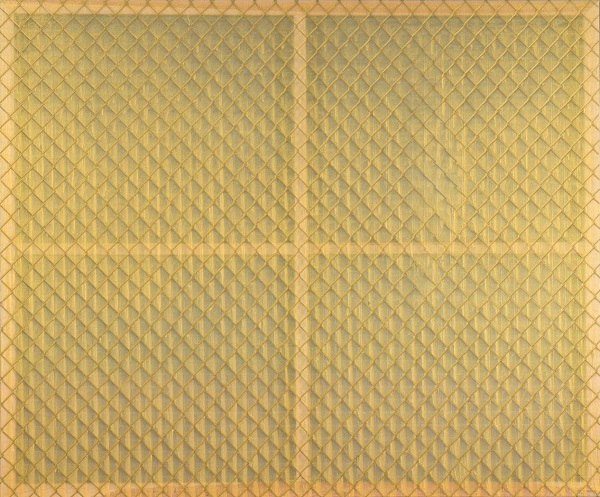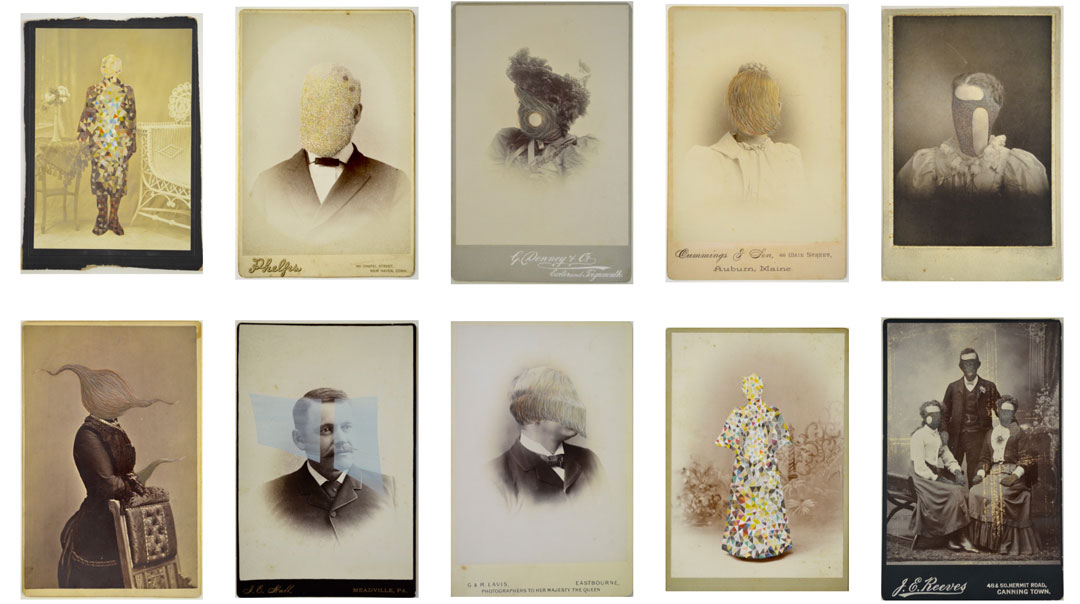
Top 5 Artworks Positions Berlin Art Fair 2017
From 14–17 September, POSITIONS Berlin Art Fair once again shows its visitors at the Arena Berlin (Germany) what is important for the international art scene: discovering and rediscovering, quality and a discourse.
The displayed artworks don‘t chase after trends, but represent relevance and actuality. 83 exhibitors from 15 countries are once again showing their most important artistic positions and invite to take new perspectives. We selected our TOP 5 artworks offering space for inspiration.
1. Kristap Gelzis (Gallery Maksla XO, Riga)
Kristaps Gelzis (1962, Latvia) is an artist who is able to work in any of the available materials, technologies and mediums of nowadays – from classical drawing and watercolour painting to ready-made objects, high-tech materials, photography, digital prints, video etc. The chosen technique is closely linked with what Gelzis wants to say – the main idea of the work and the atmosphere of the time.
In 2012, Kristaps Gelzis came up with plastic paintings – his own author-technique, where the used materials are polyethylene and plastic tapes, adhesive tape and acrylic pigment.
Since 2015, Kristaps Gelzis’ plastic works have turn into paintings, where the brutal materiality of the polyethylene has matured in painterly structures, subtle colour tonality and layers of glaze.

2. Tom Butler (Gallery Heike Strelow, Frankfurt am Main)
Tom Butler’s works are based on Victorian cabinet cards, which he paints in a very delicate manner in gouache technique. He transforms the individual portraits with intricate shapes, patterns, or beings in painstaking detail. The inherent character of the cards, the clear traces of the past, and the appearance and the staging of the depicted persons encourage Butler to instinctively decide how he wants to change the object of origin.
“I am fascinated by the process of ‘conspicuous invisibility’: the simultaneous human desire to both hide and perform. In a visual way, I collect memories, thresholds and hiding places and attempt to re-manufacture them. My work expresses my natural inclination towards introversion and the opposition of displaying artwork essentially about hiding.”

3. Barbara und Michael Leisgen (Maus Contemporary, Birmingham, USA)
In their Mimetic works from the 1970s, a crucial moment in which the Leisgens’ works were a reaction against the conceptual photography coming out of Dusseldorf, Barbara’s gure becomes the writing-force within the landscape.
The body becomes a marker within the landscape, bisecting it, and accentuating its shapes.
As the recording of a natural trace, a research concerning the body and experiments related to Land Art, Barbara Leisgen’s silhouette is set, and leaves its feeting trace in landscapes.
The actions involve stretching out her arms to follow the contours of undulating countryside (the Paysage mimétique and Mimesis series), or to include the sun in an arc drawn by her arm while she is seen from behind in the center of the image.
This is not merely imitating nature through its gestures; it describes, in the sense of tracing, and channels it as well. The (re)appropriation of the landscape is subjective, the silhouette of Barbara Leisgen being displayed in the landscape, inscribing its mark therein is ephemeral.


4. Dieter Mammel, (Gerken Gallery, Berlin)
With the solo exhibition “near and far” the artist Dieter Mammel gives a comprehensive insight into his personal impressions and experiences in interaction with the political events of our time.
Escape, search, journey and location of the human being and the associated longing for arrival and acceptance are facing a loud, blind rage of self-aggrandizement and self-staging. Mammel sensitively commutes between those possible states of being, grasps the subtle emotional differences and similarities of excesses and thus provides a profound image of his, our world.
In the well-known monochromy of his tinged paintings, the portrayed characters appear against the wind and the weather, hurry and dwell surrounded by water and forest, look into the distance with their eyes wide open and search for knowledge.

5. Ernst Weil (Gallery Kremers, Berlin)
The work of Ernst Weil, born in Frankfurt am Main in 1919, represents a very independent position in the development of German post-war painting from classical modernism. He has lived in France for a long time and has been in contact with artists such as Picasso. There he developed a very authentic synthesis of French valeur painting and German abstract painting. At that time, as in the past, his originality is the strictly formal, yet expressive approach to form and color, which gives his compositions a distinctive and lively tension. In 1981 he died in Gran Canaria.

+ info: Positions






